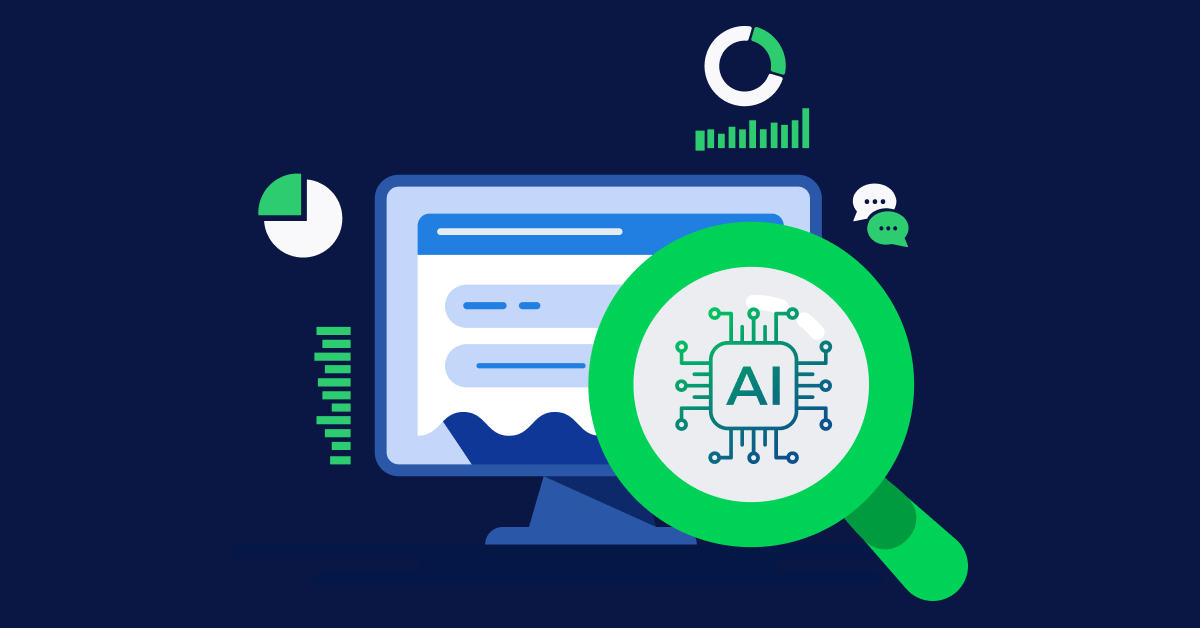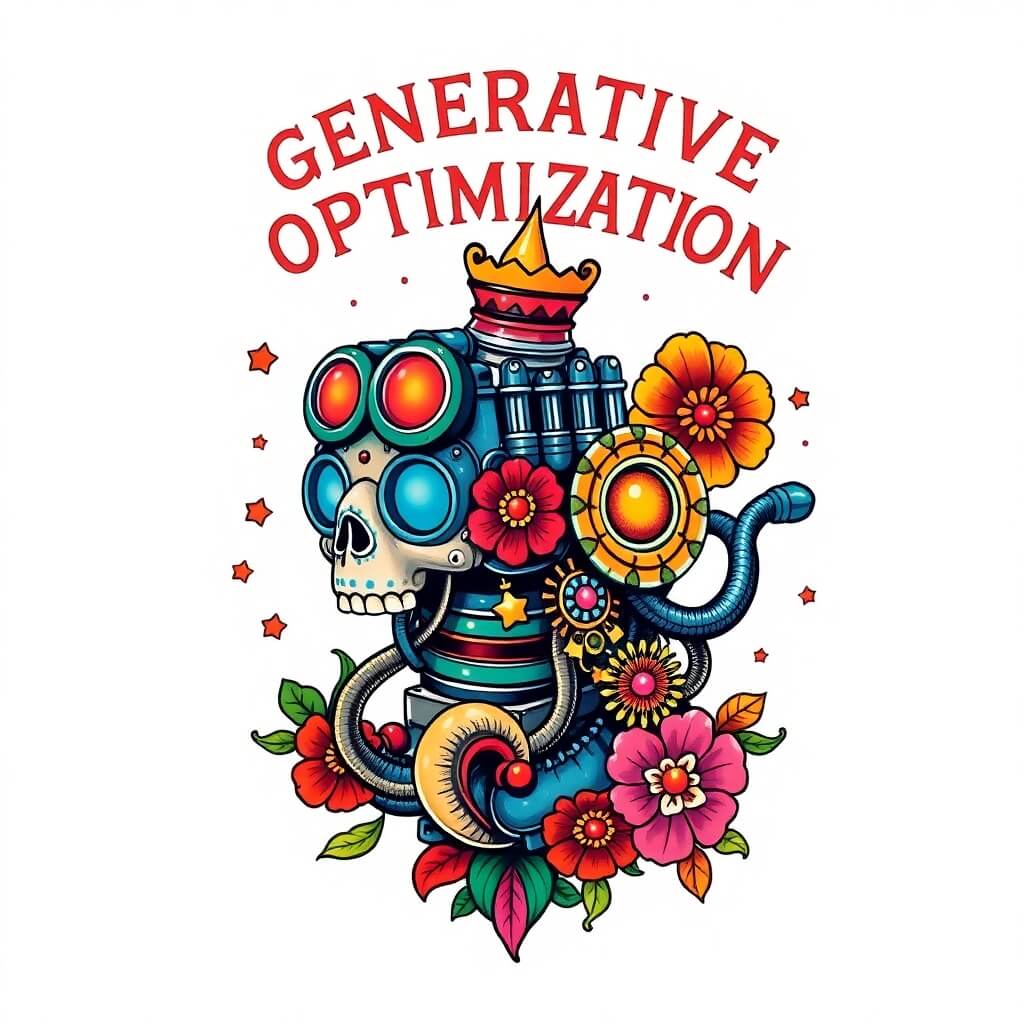
Imagine a world where your coffee maker anticipates your morning brew before you even reach for a cup, where your car navigates through traffic with the finesse of a seasoned chauffeur, and where your smartphone becomes a personal AI assistant rivaling the most efficient human secretaries. This isn’t a scene from a futuristic sci-fi novel—it’s the world we’re rapidly hurtling towards, powered by artificial intelligence. As AI weaves itself into the fabric of our daily lives, a curious phenomenon is unfolding: our Google searches are becoming a mirror, reflecting our collective fascination, confusion, and aspirations surrounding this transformative technology. By decoding these digital breadcrumbs, we gain unprecedented insight into the public’s relationship with AI, revealing not just where we stand, but where we’re headed in this brave new world of machine intelligence.
Decoding User Intent in AI Searches
The Curiosity Factor: Informational Queries (45%)
Topping the chart are informational queries, accounting for nearly half of all AI-related searches. This category includes questions like “How does machine learning work?” or “What are the applications of AI in healthcare?” The high percentage reflects a public eager to understand AI’s fundamentals and potential impacts.
Interestingly, AI systems excel at handling these queries, with an output score of 80/100. This synergy between human curiosity and AI capability suggests a bright future for AI-powered educational tools and information dissemination.
The Practical Pursuit: Transactional Queries (30%)
Coming in second are transactional queries, representing 30% of searches. These include searches like “Buy AI-powered smart home device” or “Subscribe to AI newsletter.” The significant portion of transactional queries indicates that AI is moving beyond theory into practical, everyday applications.
AI performs well in this category too, with an output score of 65/100. This reflects the growing sophistication of AI in e-commerce and customer service applications, though there’s still room for improvement.
The Digital Compass: Navigational Queries (15%)
Navigational queries, such as searches for specific AI company websites or research papers, make up 15% of the total. While less common, these searches are crucial as they often represent users looking for authoritative sources or specific AI resources.
The AI output score drops to 40/100 for these queries, highlighting a challenge for AI systems in understanding and responding to highly specific navigational intent.
The Local Connection: Local Queries (10%)
At 10%, local queries might seem like a small slice of the pie, but they represent a growing trend of users seeking AI resources in their immediate vicinity. Searches like “AI meetups near me” or “Local businesses using AI” fall into this category.
Notably, AI struggles most with these queries, scoring only 25/100. This gap underscores the complexity of combining AI capabilities with real-time, location-specific information.
What This Means for the Future of AI
These trends offer valuable insights into the current state of AI and its future direction:
-
- Education is Key: The high volume of informational queries suggests a need for continued focus on AI education and awareness. As AI becomes more pervasive, this thirst for knowledge is likely to grow.
- Practical Applications on the Rise: The significant portion of transactional queries indicates that AI is increasingly seen as a practical tool rather than a abstract concept. We can expect continued growth in AI-powered products and services.
- Improving Specificity: The lower performance in navigational and local queries points to areas where AI needs to improve. Future developments may focus on enhancing AI’s ability to understand and respond to more specific and contextualized queries.
- Local AI: The Next Frontier: The relatively low volume but poor AI performance in local queries suggests an untapped opportunity. As AI becomes more integrated with local services and information, we might see a surge in both the quantity and quality of local AI interactions.
- Education is Key: The high volume of informational queries suggests a need for continued focus on AI education and awareness. As AI becomes more pervasive, this thirst for knowledge is likely to grow.
Navigating the AI Landscape
As we stand at the intersection of human curiosity and machine capability, these search trends offer a roadmap for the future of AI development. They highlight where AI excels, where it needs improvement, and where the next big opportunities might lie.
For developers, these insights can guide research and development efforts. For businesses, they offer clues about where to invest in AI capabilities and how to prepare your website for Ai search. And for the general public, understanding these trends can help in formulating more effective AI-related queries and in setting realistic expectations about AI’s current capabilities.
As AI continues to evolve, so too will the ways we interact with and search for information about it. By staying attuned to these changing patterns, we can ensure that the development of AI technology remains aligned with human needs and curiosities.
The journey of AI is just beginning, and if these search trends are any indication, it’s a journey we’re all eager to be part of. Whether you’re a developer, a business leader, or simply an interested observer, keeping an eye on these trends will help you navigate the exciting and ever-changing landscape of artificial intelligence.
Unlock AI-Powered Marketing Solutions
Want to leverage AI to enhance your digital marketing services? Let Overdrive Interactive help you harness the power of AI for smarter, data-driven strategies. Contact us today!






